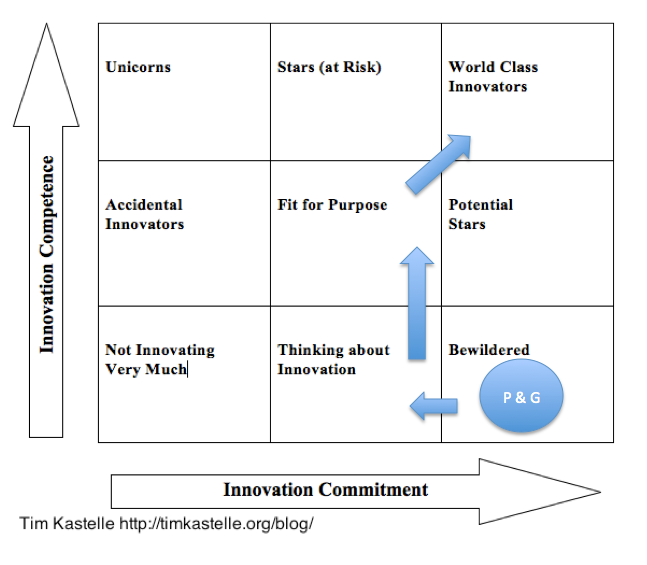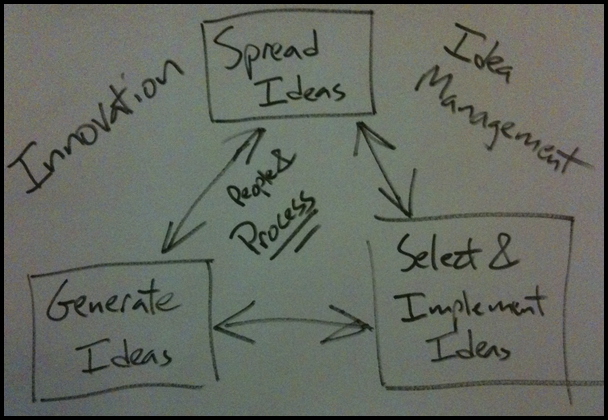The Seattle-based coffee giant’s year-and-a-half-old mobile payment program may be the largest of any retailer in North America. Even before its recent $25 million investment in San Francisco mobile payments startup Square, the company had been processing a million mobile-phone transactions per week. “What mobile payments allows is an unprecedented relationship between us and our customer,” says Adam Brotman, Starbucks’s chief digital officer.
Starbucks released its first mobile app in September 2009; it helped customers find stores, learn about coffee, and get nutrition information. In January 2011 the chain released a more powerful Starbucks Card Mobile App, which also lets consumers pay at the register by waving a bar code on a phone’s screen in front of a scanner. Customers can load Starbucks’s digital prepaid card with an existing credit card.
Brotman says customers will soon be able to use Square’s Pay with Square app. Starting in the fall, coffee lovers will be able to use smartphones to pay via an account linked directly to their credit cards. Eventually, Starbucks’s app users may be able to send friends invitations, complete with a map, to meet at a particular coffee shop, or order and pay for their favorite drinks while en route to a store.
The mobile payment options also promise a profit boost for Starbucks. By letting its customers make purchases with their smartphones, Starbucks manages to pay fewer fees—which sometimes top 2 percent—on credit-card transactions. Square says it can now process Starbucks payments at a lower rate than some other payment networks. “We can make the whole system more efficient,” says Square Chief Executive Officer Jack Dorsey.
The apps can also help sales by making store lines move 10 percent to 20 percent faster during peak hours, says Richard Crone, who leads payments consultancy Crone Consulting. Each 1 percent increase in a store’s capacity during rush hour translates into a revenue boost of up to 1 percent, he says. Mobile payments now account for about 2 percent of Starbucks’s sales, Crone estimates. That’s $266 million if the company meets analysts’ $13.3 billion fiscal 2012 sales projections.
“Everyone is learning from Starbucks,” says Drew Sievers, CEO of mobile payment startup mFoundry, which helped build the Starbucks app and is working on software, due by yearend, for up to nine additional merchants. On Aug. 15 more than a dozen retailers, including Target (TGT), Best Buy (BBY), and Wal-Mart Stores (WMT), teamed up to create their own mobile payment app. They’re looking to compete with intermediaries like Google (GOOG), EBay’s (EBAY) PayPal, and ISIS, a venture of the top three U.S. wireless carriers that has signed up more than 50 merchants, including Macy’s (M). The retailers may also try to get established financial companies to lower their card swipe fees, analysts say.
“The current payment solutions don’t meet the expectations of customers or merchants,” says Mike Cook, vice president of finance and assistant treasurer at Wal-Mart. By selling through the mobile app, “you can cut transaction fees roughly in half,” says Jim Dion, founder of Chicago-based retail consultancy Dionco. “If you have $100 million in sales a day, that’s an extra $1 million.” The cost savings can make a big difference in retail, where operating margins can be in the single digits (about 6 percent for Wal-Mart). The merchants also want to rev up sales by sending offers and product news directly to users’ phones, without intermediaries such as Google or PayPal.
Whether retailers, financial institutions, or newcomers such as ISIS come to dominate mobile payments remains to be seen. “There’s not going to be a single mobile wallet solution,” says Jim Stapleton, chief sales officer at ISIS. “Retailers are going to have to support a number of them.”



 The Collective’s distinctive ‘Cow’ logo and subsequent ‘…no bull!’ taglines were developed in collaboration with design company pHd3, which was also involved in the ecostore rebrand. The packaging won a bronze Pent Award in the food, dairy products category, one of only three awards for that category. And it also secured two further awards at last year’s New Zealand Best Awards for Graphic Design Identity Development (small scale) and Graphic Design Packaging.
The Collective’s distinctive ‘Cow’ logo and subsequent ‘…no bull!’ taglines were developed in collaboration with design company pHd3, which was also involved in the ecostore rebrand. The packaging won a bronze Pent Award in the food, dairy products category, one of only three awards for that category. And it also secured two further awards at last year’s New Zealand Best Awards for Graphic Design Identity Development (small scale) and Graphic Design Packaging.





 So who should have come up with this potential innovation?
So who should have come up with this potential innovation?